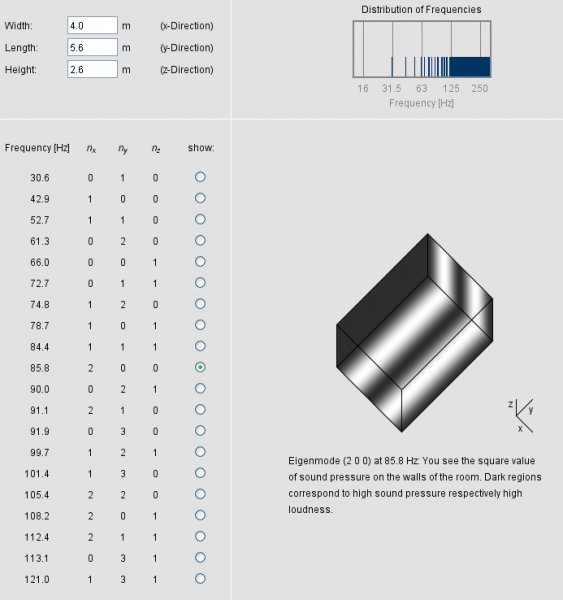No, of course not, but my room is sealed. The calculators only approximate my room anyway since it is not a pure rectangle, but the fundamental LF modes are essentially the same as what I have measured. I find them most useful for LF anyway, when the wavelengths are very low multiples of room dimensions. At higher frequencies the interactions become much more complex but generally much easier to treat due to the smaller wavelengths.
The are more complex programs that do take much more into account, but they cost much more, natch.
The are more complex programs that do take much more into account, but they cost much more, natch.
Last edited:


